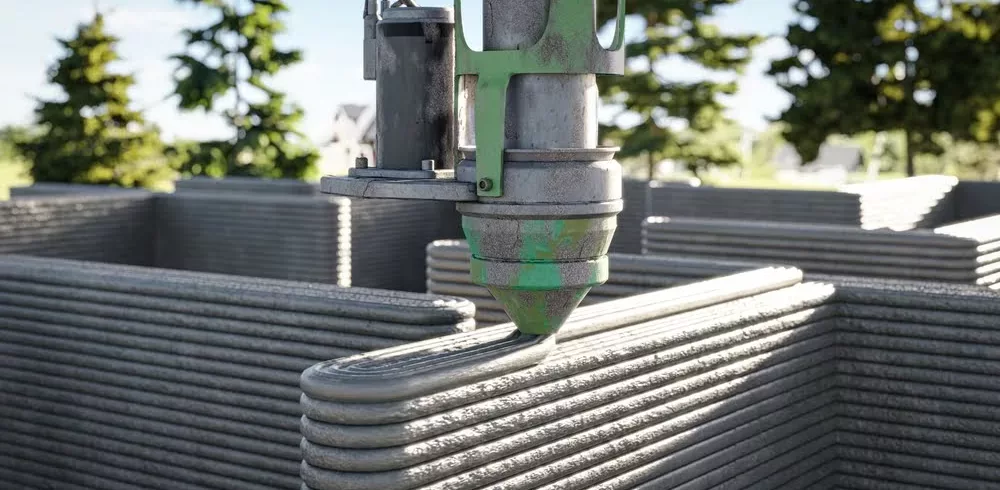Guide to 3D Printing for Engineers : In the ever-evolving landscape of engineering and manufacturing, 3D printing has emerged as a transformative technology. Its ability to turn digital designs into tangible prototypes and end-use parts has revolutionised the way engineers approach product development. In this guide, we will walk you through the world of 3D printing, providing engineers with essential insights into the technology, its applications, and how to harness its full potential.
Understanding 3D Printing
What is 3D Printing? – At its core, 3D printing, also known as additive manufacturing, is a process that builds three-dimensional objects layer by layer from a digital model. This layer-by-layer approach opens up a world of possibilities, enabling engineers to create complex geometries that traditional manufacturing methods often struggle to achieve.
Types of 3D Printing Technologies – 3D printing encompasses a variety of technologies, including Fused Deposition Modeling (FDM), Stereolithography (SLA), Selective Laser Sintering (SLS), and more. Each has its unique strengths and applications, making it crucial for engineers to choose the right technology for their specific project.
Applications in Engineering
Prototyping – 3D printing allows engineers to rapidly prototype their designs, facilitating design validation, functional testing, and iteration. This significantly reduces product development timelines.
Customization – From personalized medical implants to tailor-made automotive parts, 3D printing excels in creating bespoke solutions tailored to individual requirements.
Complex Geometries – Traditional manufacturing methods often struggle with intricate and complex geometries. 3D printing excels in producing such designs with precision and accuracy.
Spare Parts Production – 3D printing can be a game-changer for maintaining legacy equipment by producing obsolete or hard-to-find spare parts on-demand.
Steps to Utilize 3D Printing Effectively
- Design for 3D Printing – Engineers need to adapt their design methodologies for additive manufacturing. Consider factors like support structures, layer height, and print orientation.
- Select the Right Material – Material choice is critical. Engineers must choose materials that meet the mechanical, thermal, and chemical requirements of their applications.
- Calibrate and Maintain Printers – Regular maintenance and calibration are essential to ensure consistent and high-quality prints.
- Post-Processing – Depending on the technology and material used, post-processing steps like cleaning, curing, or surface finishing may be required.
- Quality Control – Implement quality control measures to verify that 3D-printed parts meet design specifications and performance expectations.
Resources for Engineers
- Online Communities and Forums: Engage with the 3D printing community to learn from others, seek advice, and troubleshoot issues.
- Training and Workshops: Consider attending workshops or online courses to deepen your knowledge of 3D printing techniques and technologies.
- Prototyping Services: For larger or more complex projects, partnering with a professional 3D printing service can provide access to advanced equipment and expertise.
In conclusion, 3D printing is a transformative technology that empowers engineers to innovate, prototype, and produce complex parts with unprecedented freedom and efficiency. By understanding the basics, exploring its applications, and adopting best practices, engineers can harness the full potential of 3D printing to drive innovation and advancement in their respective fields.
Manufacturing & Engineering Magazine | The Home of Manufacturing Industry News














